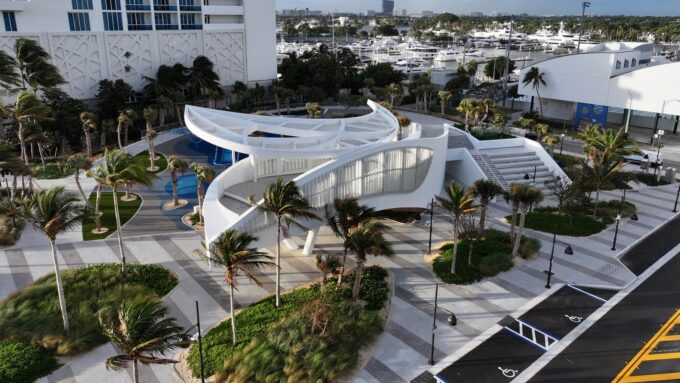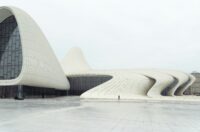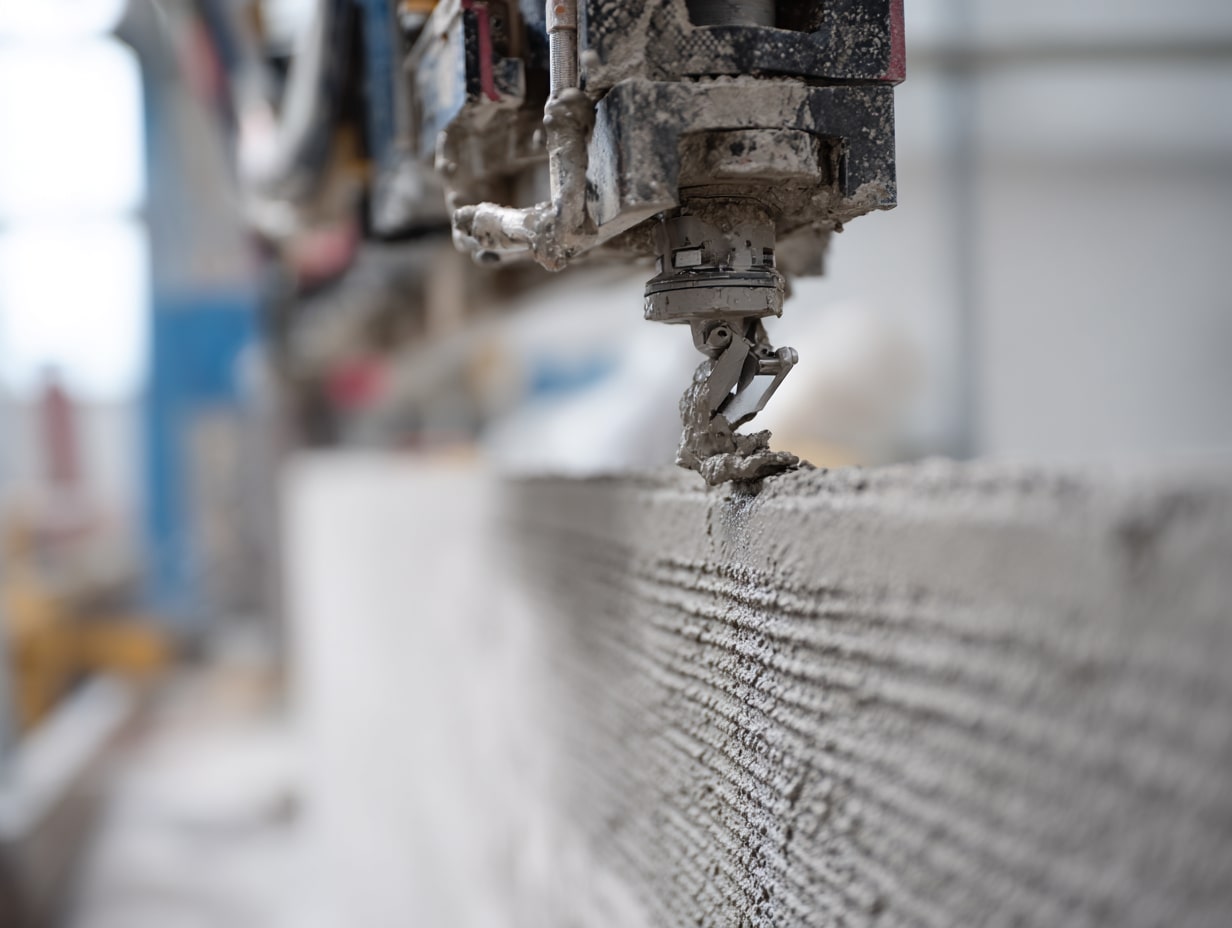- Home
- Articles
- Architectural Portfolio
- Architectral Presentation
- Inspirational Stories
- Architecture News
- Visualization
- BIM Industry
- Facade Design
- Parametric Design
- Career
- Landscape Architecture
- Construction
- Artificial Intelligence
- Sketching
- Design Softwares
- Diagrams
- Writing
- Architectural Tips
- Sustainability
- Courses
- Concept
- Technology
- History & Heritage
- Future of Architecture
- Guides & How-To
- Art & Culture
- Projects
- Interior Design
- Competitions
- Jobs
- Store
- Tools
- More
- Home
- Articles
- Architectural Portfolio
- Architectral Presentation
- Inspirational Stories
- Architecture News
- Visualization
- BIM Industry
- Facade Design
- Parametric Design
- Career
- Landscape Architecture
- Construction
- Artificial Intelligence
- Sketching
- Design Softwares
- Diagrams
- Writing
- Architectural Tips
- Sustainability
- Courses
- Concept
- Technology
- History & Heritage
- Future of Architecture
- Guides & How-To
- Art & Culture
- Projects
- Interior Design
- Competitions
- Jobs
- Store
- Tools
- More
7 Well-Known Rococo Structures in Europe to Admire for Their Elegance and Intricate Design
Discover the charm of 18th-century Rococo architecture with these eight stunning European structures. From the ornate Hall of Mirrors at Amalienburg to the gilded wonders of Catherine Palace, explore the intricate designs, pastel hues, and artistic craftsmanship that defined an era of elegance and extravagance. Dive into the legacy of Rococo style that continues to inspire modern design today!

When we think of European architecture, the Rococo style stands out for its elegance and whimsy. Emerging in the 18th century, Rococo is all about intricate details, pastel colors, and playful designs that evoke a sense of opulence and charm. It’s a celebration of art, beauty, and craftsmanship that continues to captivate us centuries later.
Europe is home to some of the most breathtaking Rococo structures, each telling its own story of creativity and extravagance. From lavish palaces to ornate churches, these masterpieces showcase the height of artistic expression during the period. Let’s explore eight of the most well-known Rococo structures that embody the spirit of this fascinating era.

Table of Contents
ToggleThe Charm Of Rococo Architecture
Rococo architecture captivates us with its graceful curves, ornate designs, and luminous interiors. This style, developed in France during the early 18th century, showcases an emphasis on elegance over grandeur. It reflects the social and cultural refinement of European aristocracy.
Attention to detail defines Rococo elements. Asymmetrical patterns, floral motifs, and gilded accents decorate ceilings, walls, and furniture. Light pastel shades, such as soft pinks, blues, and gold, amplify the inviting, cheerful ambiance. The style often incorporates mirrors and chandeliers, enhancing natural light and creating a sense of continuity.
Religious and residential buildings frequently adopted Rococo principles. Churches, like the Wieskirche in Germany, feature intricate stucco work and frescoes. Palaces, including Austria’s Schloss Schönbrunn, display ornate decoration and luxurious interiors. These structures celebrate craftsmanship and artistry, combining aesthetic appeal with functionality.
We see a playful yet harmonious design approach in Rococo gardens and pavilions. These spaces, often adorned with sculptures and fountains, evoke a sense of romance and leisure. By integrating nature and art, Rococo architecture redefines spatial experiences to delight the senses.

Key Characteristics Of Rococo Design
Rococo design stands out for its emphasis on elegance, lightness, and intricate artistry. It transforms architecture and interiors into spaces of visual joy and ornate sophistication.
Decorative Elements And Ornaments
Rococo design heavily incorporates asymmetry, floral patterns, and elaborate motifs. We see scrolling curves, shells, vines, and arabesques playing central roles in decorative schemes. Gilded details accentuate walls, ceilings, and furnishings, creating a sense of luxury. Surfaces in Rococo structures often appear dynamic due to playful carvings and reliefs, as demonstrated in churches like Wieskirche and royal residences such as Château de Versailles.
Use Of Light And Pastels
Soft pastel shades define Rococo interiors, emphasizing harmony and charm. Colors like pale pink, soft blue, and creamy white are paired with gold accents to produce a luminous effect. Large windows, ornate mirrors, and crystal chandeliers reflect and amplify natural light. This interplay of light and color enhances the sense of openness and elegance exemplified in spaces like Schloss Sanssouci and Amalienburg Pavilion.
Legacy Of Rococo Structures In Modern Times
Rococo structures influence contemporary architecture, interior design, and visual arts through their emphasis on ornamental details and spatial harmony. Modern designers adapt Rococo elements like gilded accents, asymmetry, and pastel palettes for projects that blend traditional elegance with modern functionality.
Architectural restoration preserves Rococo landmarks, ensuring their continued impact on heritage tourism and cultural education. Sites such as Würzburg Residence in Germany and Amalienburg Pavilion in Munich attract millions annually, showcasing the enduring appeal of Rococo aesthetics.
Design trends today echo Rococo’s love for intricate craftsmanship, seen in ornate furniture, decorative metalwork, and detailed plaster reliefs. These adaptations highlight Rococo’s versatility, inspiring everything from luxury interiors to fashion and jewelry.
Rococo’s focus on aesthetic pleasure remains a source of inspiration for museums, exhibition spaces, and cultural events. Reproductions and adaptations of Rococo motifs appear globally, bridging historical and contemporary design sensibilities.

8 Well-Known Rococo Structures In Europe
The Rococo style flourished across Europe, giving rise to architectural masterpieces known for their intricate designs, pastel hues, and elegant forms. These eight structures showcase the creativity and refinement of the Rococo era.
1. Amalienburg, Germany
Located in Munich’s Nymphenburg Palace Park, Amalienburg is a small hunting lodge designed by François de Cuvilliés. Its ornate interior features lavish silver detailing, mirrored walls, and pastel blue tones, representing Rococo’s playful yet luxurious aesthetic. The circular Hall of Mirrors is a highlight, creating a luminous and enchanting effect.

2. Zwinger Palace, Germany
Zwinger Palace in Dresden exemplifies Rococo grandeur with its intricate pavilions, arched galleries, and baroque gardens. Designed by Matthäus Daniel Pöppelmann and sculptor Balthasar Permoser, its architectural details include ornate balustrades, gilded statues, and dramatic fountains. The Crown Gate is a defining feature, crowned with a gilded dome supported by intricate carvings.

3. Nymphenburg Palace, Germany
This sprawling palace complex in Munich integrates Rococo elements into its main building and pavilions. The Steinerner Saal (Stone Hall) stands out with gilded stucco work, elaborate frescoes, and pastel shades, delivering a sense of opulence and harmony. Surrounding gardens enhance the visual appeal, blending Rococo and Baroque landscaping.

4. Catherine Palace, Russia
Catherine Palace near St. Petersburg showcases Rococo’s lavish spirit under the work of Bartolomeo Rastrelli. The Grand Hall, with its gilded sculptures and elaborate mirrors, creates an effect of endless elegance. The famed Amber Room, adorned entirely in amber panels and gold accents, reflects unparalleled craftsmanship.

5. Pilgrimage Church Of Wies, Germany
This UNESCO World Heritage Site, designed by Dominikus Zimmermann, is located in Bavaria. Its interior features colorful frescoes, intricately carved stucco, and light-filled spaces. Rococo’s emphasis on spirituality and artistry blends seamlessly in the church’s ornate details, evoking a serene yet grand ambiance.

6. Sanssouci Palace, Germany
Sanssouci Palace in Potsdam, commissioned by Frederick the Great, represents Rococo’s intimate and relaxed style. The interiors include gilded moldings, frescoed ceilings, and floral motifs in shades of gold and white. The surrounding terraced gardens complement the elegance of the palace, making it a harmonious retreat.
7. Queluz National Palace, Portugal
Located near Lisbon, Queluz National Palace merges Rococo’s ornamental brilliance with neoclassical elements. The Throne Room is a prime example, with gilded woodwork, mirrored walls, and crystal chandeliers. The palace gardens, adorned with statues and fountains, reflect the Rococo preference for romantic, visually engaging spaces.

Conclusion
Rococo architecture stands as a timeless testament to 18th-century artistic innovation and opulence. The eight highlighted structures—Amalienburg, Zwinger Palace, Nymphenburg Palace, Catherine Palace, Pilgrimage Church of Wies, Sanssouci Palace, Waux-Hall, and Queluz National Palace—capture the essence of this elaborate style. Each site showcases the defining elements of Rococo, from gilded ornaments and asymmetrical designs to pastel hues and intricate craftsmanship, offering a glimpse into the refined tastes of the period.
These iconic landmarks not only reflect the cultural and social values of their time but also continue to inspire modern designs and preservation efforts. By appreciating and protecting these masterpieces, we honor the legacy of Rococo architecture and ensure its influence endures for future generations.
- beautiful Rococo interiors
- elegant Rococo buildings
- European Rococo landmarks
- exploring Rococo architecture
- famous Rococo landmarks
- famous Rococo structures
- historic Rococo sites
- intricate Rococo design
- must-see Rococo sites
- ornate Rococo details
- Rococo architecture history
- Rococo architecture in Europe
- Rococo architecture photographs
- Rococo architecture tour
- Rococo art and architecture
- Rococo churches in Europe
- Rococo design elements
- Rococo palaces
- Rococo period architecture
- Rococo style buildings
- visiting Rococo buildings
Submit your architectural projects
Follow these steps for submission your project. Submission FormLatest Posts
3D Printed Homes: Time, Cost, and What to Expect
3D printed homes explained: realistic timelines (24–72h walls, 8–16 weeks total), true...
How a Contact Centre Boosts Trust in Your Building Business
In construction, trust is the glue that holds projects together. Clients need...
How Real Time Parcel Geolocation Is Redefining Last Mile Efficiency for Modern Businesses
Last mile delivery has become the most critical point in the customer...
How Can Small Spaces Stay Stylish and Relaxing?
In today’s fast-paced urban lifestyle, small living spaces are becoming increasingly common....













Leave a comment